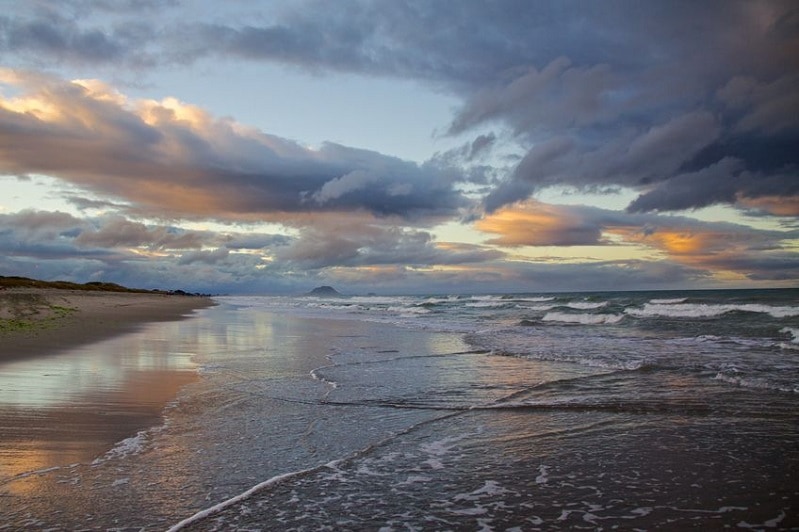Introducing
Kaikohe, a small town in Northland, New Zealand, holds a deep cultural and historical significance for the Ngāpuhi iwi (tribe). Known locally as "Ngāpuhi iti," Kaikohe sits in the heart of the sacred landscape of Ngāpuhi. The surrounding maunga (mountains) form a symbolic "whare tapu" or "sacred house" for the iwi, with the mountains as the ridge poles, Papatuanuku (Earth Mother) as the floor, and Ranginui (Sky Father) as the ceiling. This sacred setting endows Kaikohe with profound spiritual importance in Māori culture.
Origin of the Name – Kaikohe
The name "Kaikohe" is derived from “Kaikohekohe,” referring to the eating of berries from the kohekohe tree. This name emerged after a historic attack on a Ngāpuhi pā (fortified village) when the people relied on kohekohe berries while hiding on Tokareireia (Kaikohe Hill). Unlike Kaikōura, which means “to eat crayfish” in the South Island, Kaikohe’s name reflects its connection to the local flora and the resilience of its people.
Historical Significance and Community
Kaikohe has played an integral role in New Zealand’s history:
- Early Farming: Kaikohe was the site of New Zealand's first Māori-owned farm, established by the influential Ngāpuhi chief, Taiwhanga. His pioneering work marked an important shift toward agricultural development in the region.
- World War II: During World War II, Kaikohe hosted the U.S. Army, which established a hospital that later became Northland College, an institution still central to the community today.
- Artistic and Cultural Hub: In the 1970s and 1980s, Kaikohe was a vibrant hub for artists and creative communities, with a notable "hippie" enclave in nearby Whirinaki. This period brought an infusion of arts and culture that shaped the town’s unique character.
The People and Heritage
Kaikohe’s population is predominantly Māori, with strong ties to Ngāpuhi values and the principles passed down from their ancestors (tūpuna). The community’s commitment to preserving cultural heritage is evident in daily life and local customs. While not a traditional tourist destination, Kaikohe offers a rich tapestry of Māori history and values that resonate deeply with those who visit.
Points of Interest Around Kaikohe
Although Kaikohe isn’t known for mainstream tourism, it is surrounded by natural and historical attractions that hold significance to both locals and visitors:
- Ngāwhā Springs: Known for its geothermal pools, Ngāwhā Springs offers a unique, relaxing experience steeped in cultural and healing traditions.
- Pioneer Village: Referred to locally as "Kaikohe Pioneer Village," this site provides a glimpse into Northland’s colonial history, featuring historic buildings, artifacts, and a well-preserved 19th-century community setting.
- Puketi Forest: Nearby Puketi Forest, with its ancient kauri trees, offers scenic walks and an opportunity to connect with Northland’s rich natural environment.
Kaikohe Today
Kaikohe remains a town deeply rooted in its past while serving as the cultural heart of Ngāpuhi. Its significance lies not in grand tourist attractions but in its rich heritage, welcoming community, and enduring Māori values. For visitors interested in New Zealand's indigenous culture and history, Kaikohe offers an authentic experience of Ngāpuhi heritage and the resilience of its people.








